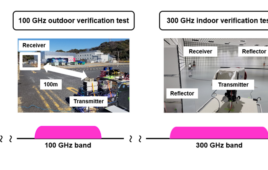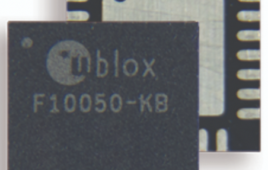Traffic is the bane of every commuter’s existence. We want to get where we are going in as little time as possible, all with minimal disruptions in the commute. Researchers at the University of Memphis have developed a portable, low-cost traffic monitoring system (TMS) called DeepWiTraffic. The system combines WiFi devices with deep learning to create a system that streamlines car trips.
TMS, a significant component of intelligent transportation systems (ITS), focuses on enhancing the safety and efficiency of transportation. And as drivers, that’s really what we want. TMS collects traffic data regarding the performance of a roadway system, measuring parameters including the number of passing vehicles as well as vehicle density, speed, and class.
The Department of Transportation (DOT) was tasked with collecting traffic information about vehicles traveling across highways and roads in all states. The TMS was utilized in counting and classifying vehicles that were either temporary or permanent.
“An endemic issue for many state DOTs is the high cost for deploying a sufficient number of TMSs to cover the gigantic land area of the U.S., especially considering the huge miles (119,247) of rural highways,” according to researchers at the University of Memphis. The main issue faced by many states is the cost. “The minimum cost to install a continuous TMS on a two-lane rural roadway is approximately $25,000, and a 365-day vehicle classification on a two-lane rural roadway is more expensive at $35,770,” states the Georgia DOT.
The researchers met their challenge of high cost head on by developing an innovative and low-cost approach to traffic monitoring based on WiFi channel state information (CSI) and deep learning. CSI refers to the channel properties of a communication link that identifies how signals travel from the transmitter to the receiver. Their TMS utilizes non-intrusive vehicle detection and classification techniques through the use of distinguishing wireless channel characteristics to classify passing vehicles.
Researchers explain, “DeepWiTraffic enables accurate vehicle detection and classification by exploiting the unique WiFi channel state information (CSI) of passing vehicles.” Furthermore, the researchers say, “Spatial and temporal correlations of preprocessed CSI amplitude and phase data are identified and analyzed using deep learning to classify vehicles into five different types: motorcycle, passenger vehicle, SUV, pickup truck, and large truck.”
University of Memphis researchers created a convolutional neural network (CNN) that can capture optimal features of CSI data and train a vehicle classification model on pre-processed CSI data. Additionally, they used techniques to amplify the model’s classification accuracy by mitigating the effects caused by obstacles surrounding vehicles, including objects or people moving at low speed.
DeepWiTraffic was tested on a substantial amount of CSI data of passing vehicles and corresponding ground truth video data for a total of 120 hours. The DeepWiTraffic achieved an average detection accuracy of 99.4 percent with a classification accuracy of 91.1 percent, all with a low cost of $1,000.
“We expect that DeepWiTraffic will contribute to solving the cost issue of deploying a large number of TMSs to cover the huge miles of rural highways,” note the researchers.




